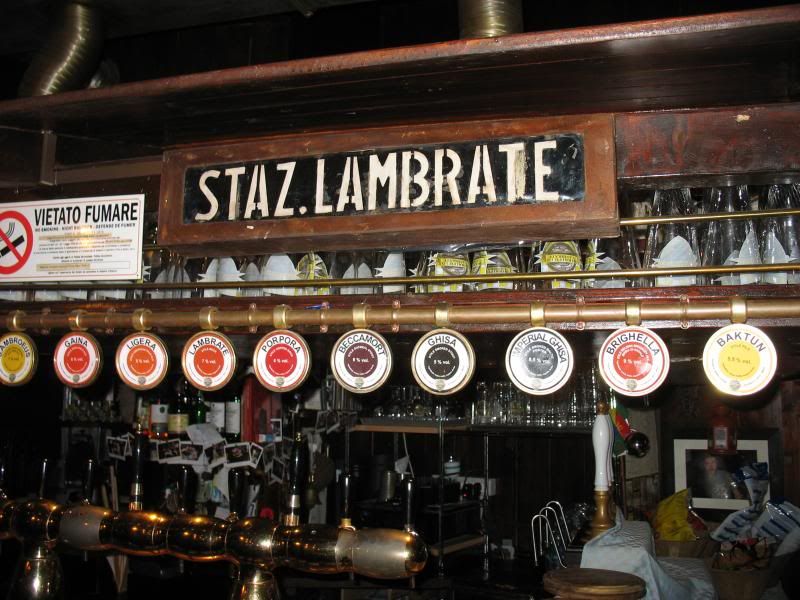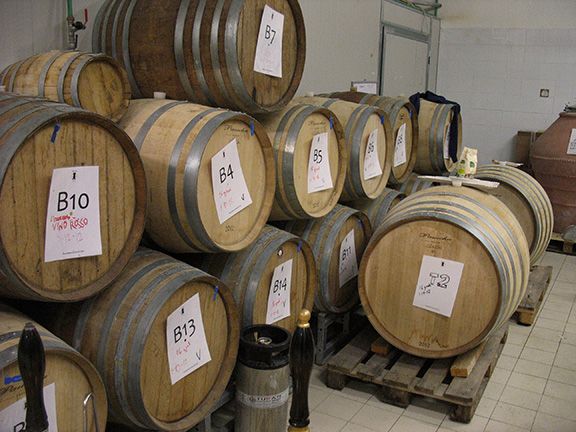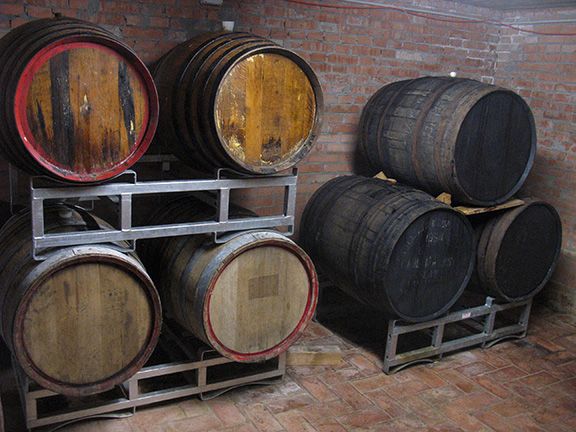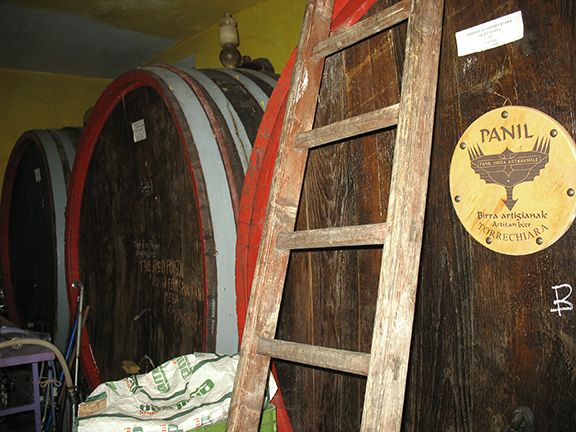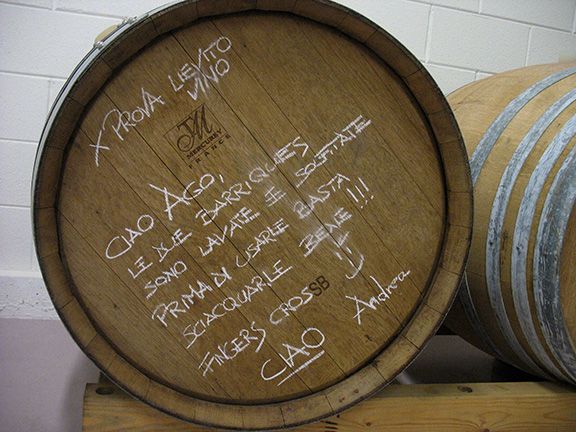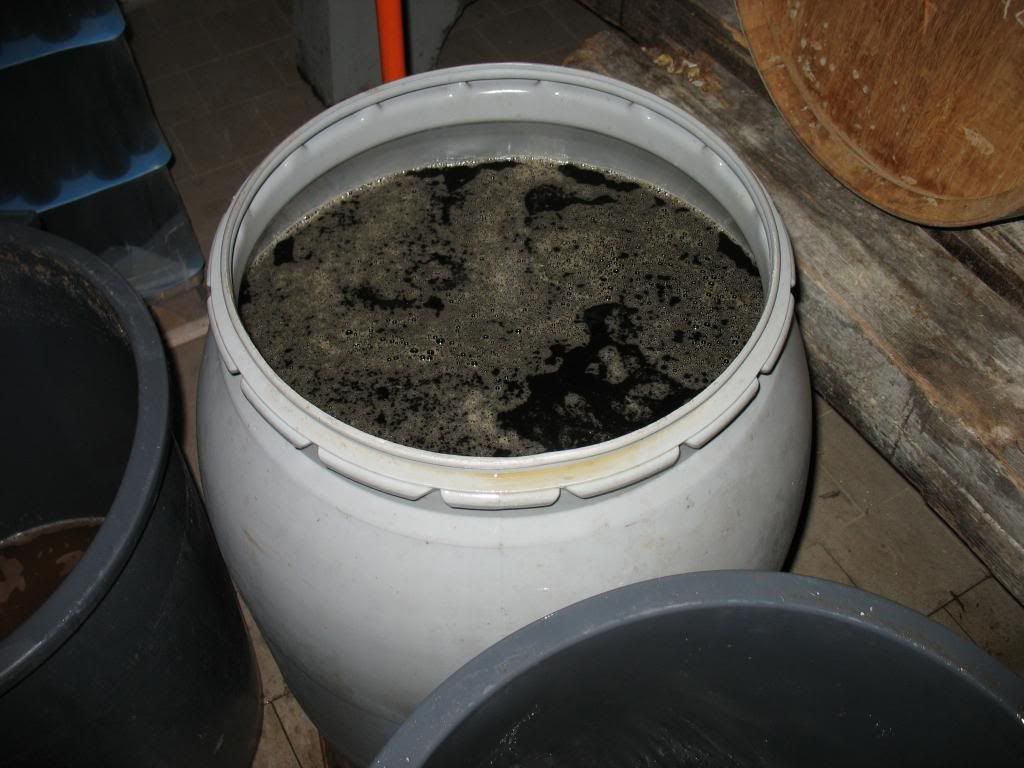We had missed our train. Our interview with Fabio, owner of
Italian craft beer’s hot spots Ma Che
Siete Venuti a Fa and Bir e Fud
in Trastevere, had gone longer than we had expected. We walked to the cabstand
at the foot of Sesto Ponte. As we approached the first cab, to my surprise, I
heard my name called.
“Bryan! Hey, Bryan!” It was Alessandro, our cab driver from
the night before. We jumped in his cab.
Alessandro turned around to look at us. “I don’t believe it!”
He said. “What are the odds? There are over 800,000 cabs in the city of Rome.”
The previous night.
We had reached our physical limits. Our bodies were sore,
our eyes heavy, our minds numb. We were on our sixth day of our grueling trip,
one that was filled with unlimited enthusiasm. We rolled through Italy from
Milano to Rome. We had more than fulfilled our expectations to meet and
interview many of the players in the Italian craft beer movement.
Tonight was no exception. We had been invited by Leonardo Di
Vincenzo, the brewer of Del Borgo,
to his famous beer bar in Rome, Open
Baladin for a beer tasting of Extraomnes.
But now sitting in the cab, we found it difficult to keep
our eyes open. Paul had lost the battle; he was down for the count. I made
small talk with the driver to keep myself awake. But it was no easy task with a
full belly of beer and exceptional food.
Gabriele Bonci, one of Italy’s top chefs and perhaps the
world’s greatest pizza maker, was the featured chef. Rabbit cooked so tender
and succulent it was hard to believe it was just rabbit. A chickpea soup with
tripe in a broth light and so flavorful you hoped it never ended. He baked a
bun for a chicken sandwich with fresh mushrooms integrated into the dough. We
had bunet, a Piedmont chocolate terrine, for desert paired with the famous Xyauyu`
from Baladin.
Chef Bonci was gracious and courteous with his time. Even
with so much to do, he spoke with us. It was humbling, as much of the trip had
been.
But in the cab, I fought on.
“How is it that you speak Italian,” the cabby asked.
“I grew up here. My mother’s from Rome. Via Giulia.”
“Ah, Romana de Roma!”
A roman expression which means, a true roman from the heart of the Eternal City,
not one from the suburbs.
“Si, I grew up in
Ostienze.”
“You’re friend,” the cabby said, “He’s very tired.”
“My friend,” I said, “Is very asleep.”
Paul’s head hung from his neck like a wet sock. I envied him
so much. He had begun to snore. I could only imagine what he was dreaming.
As we cruised along, the friendly cab driver asked where we
lived.
“Denver,” I said.
“Ah, and what brings you to Rome?”
“We are writing a book about the Italian craft beer
movement.”
“I have a childhood friend,” he said, “who’s very much into
the beer movement.”
“Oh yeah, what’s his name,” I asked.
“Gabriele Bonci,” he said, “Have you ever heard of him?”
“Heard of him, we just met him tonight.”
Alessandro and I spoke the entire 40 minute ride, blown away
by the odds.
1 in 800,000—twice
It all just seemed so surreal as Alessandro spoke to his
boyhood friend, Gabriele Bonci, on his cell phone.
“No, it’s not a joke,” He was insisting. “No, it’s the two Americans
writing the Italian beer book. Yes, the ones I picked up the other day. I know!
I will tell them. Ciao.”
Alessandro turned around again. “Bonci thought I was joking.
Eight-hundred thousand cabs in this city, and I pick you up twice—what are the
odds?”
I don’t know, Alessandro. But we’ll catch you in May. I
might bet on it.










